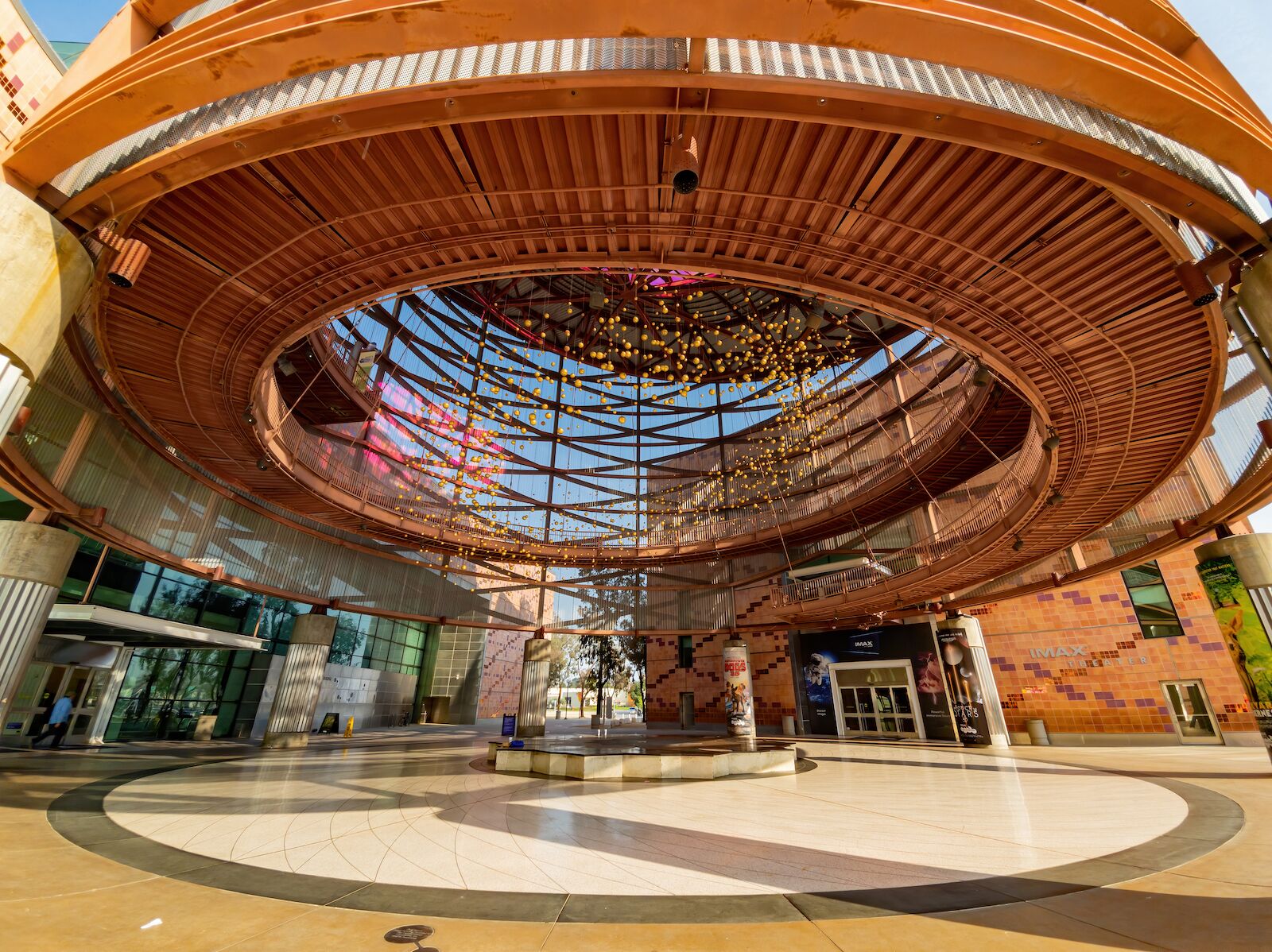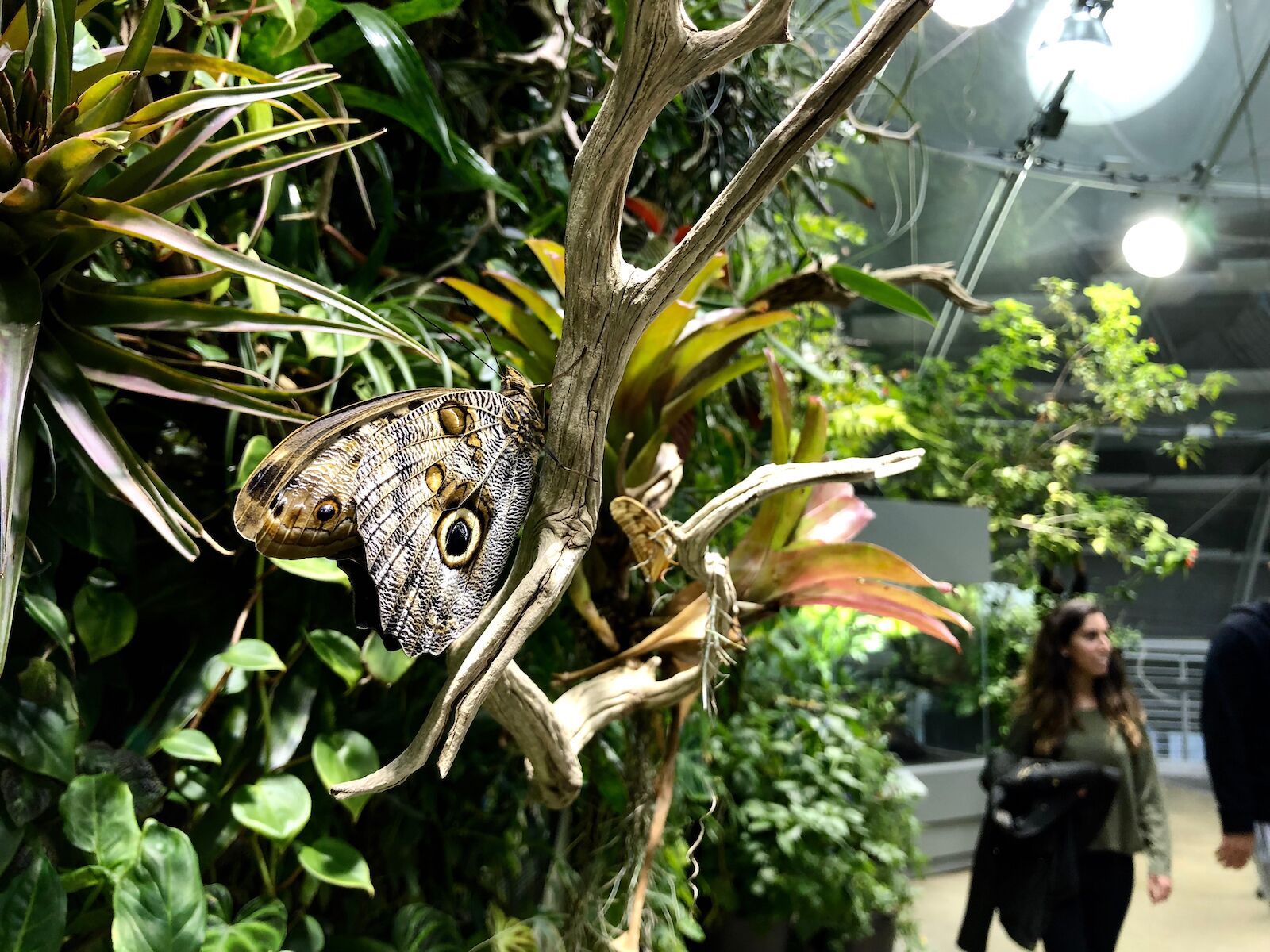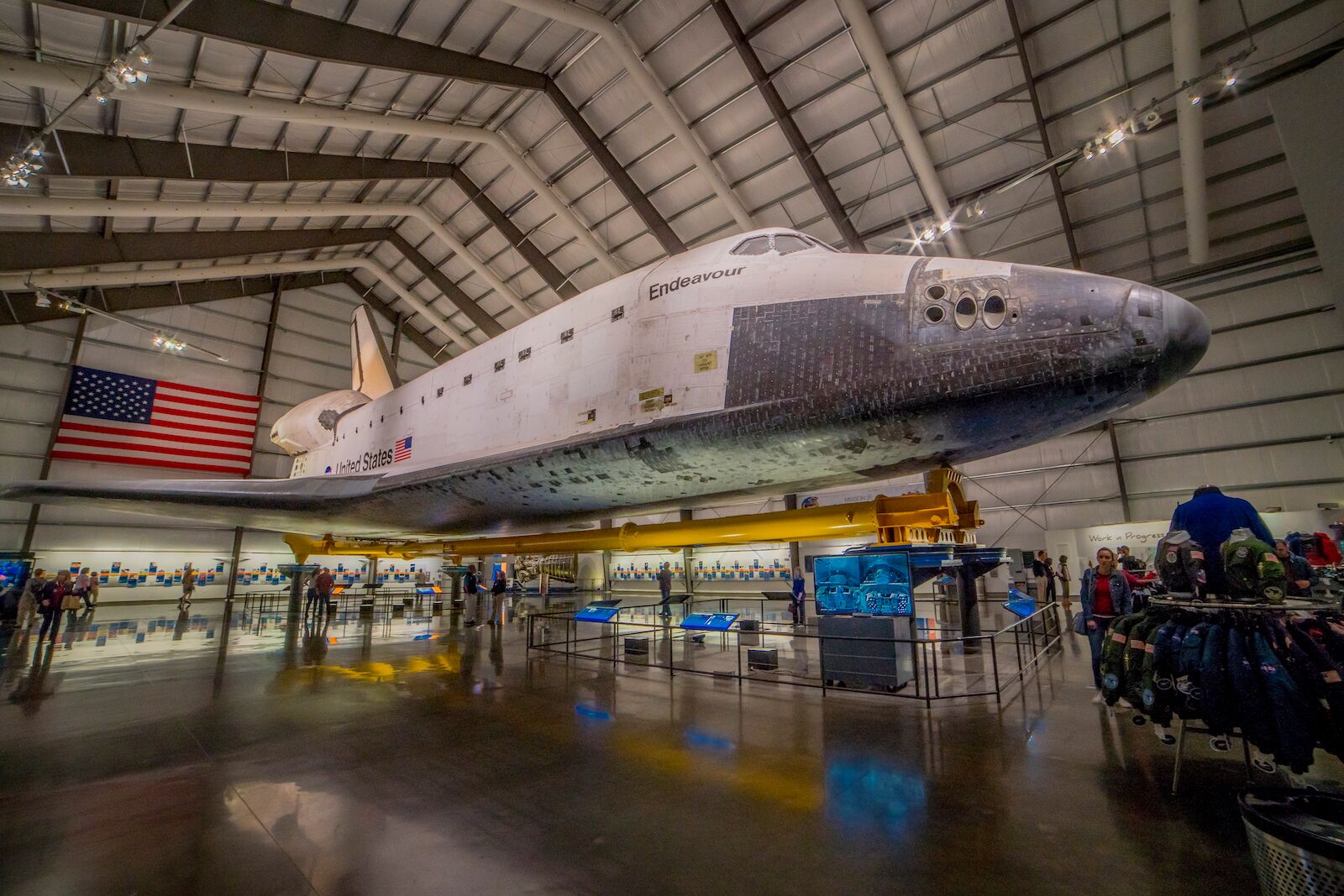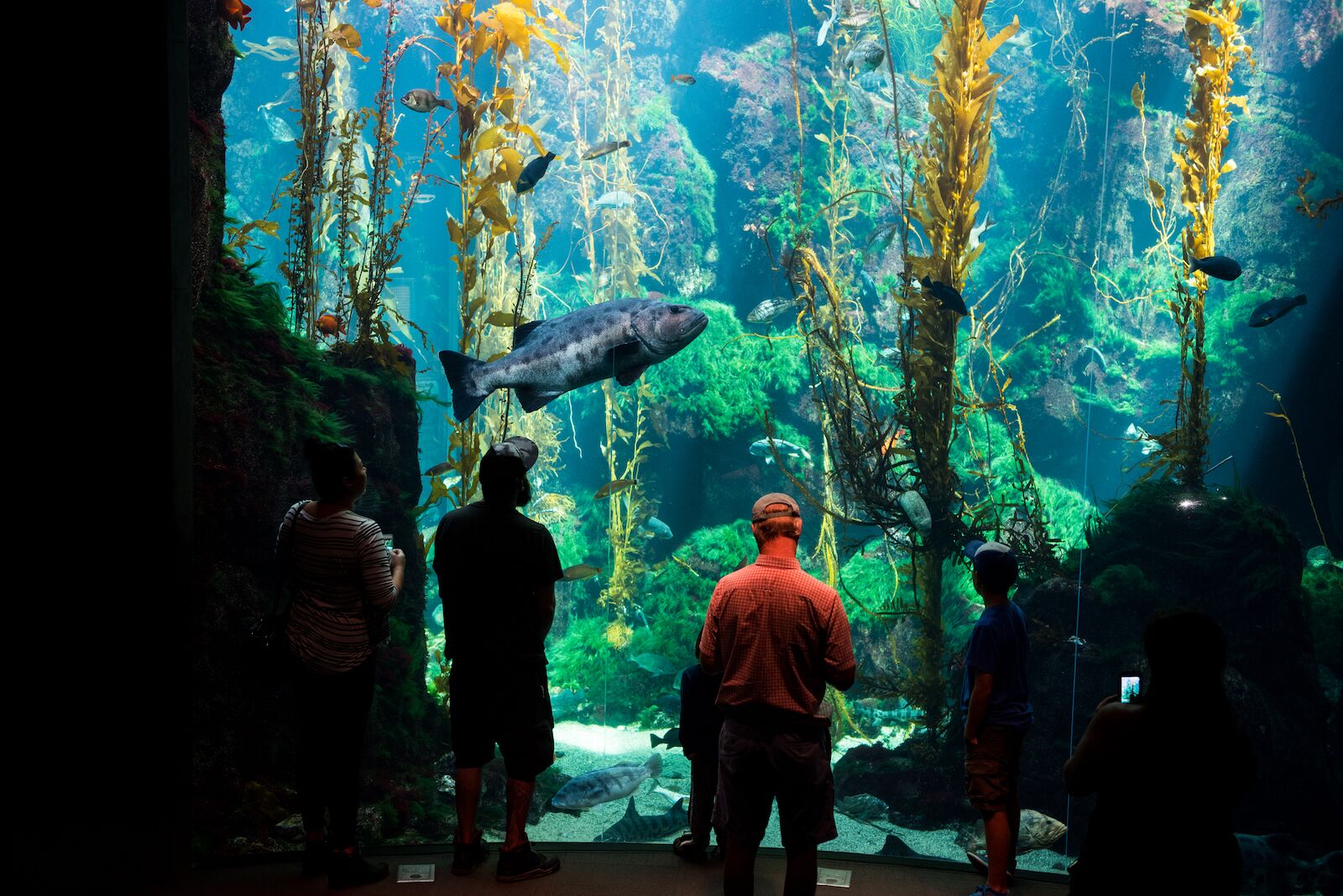Much as Washington, DC, has the Smithsonian museum complex, Los Angles has Exposition Park, a 160-acre campus housing some of the city’s most important museums. Chief among them is the California Science Center, a Smithsonian Affiliate, whose more than 150 interactive exhibitions attract more than two million visitors each year.
With so much to see and do, you’re gonna want to make a game plan before you visit the California Science Center. To help, we’ve asked Dr. Liz Roth-Johnson, the museum’s Curator of Life Sciences, to share her tips and tricks for getting the most out of your day at the museum. After receiving a Ph.D. in Molecular Biology from UCLA, where she later held a teaching position, Dr. Roth-Johnson joined the Science Center team in 2020 where she relishes finding “new ways to make biology fun, memorable, and accessible to as many people as possible.”





